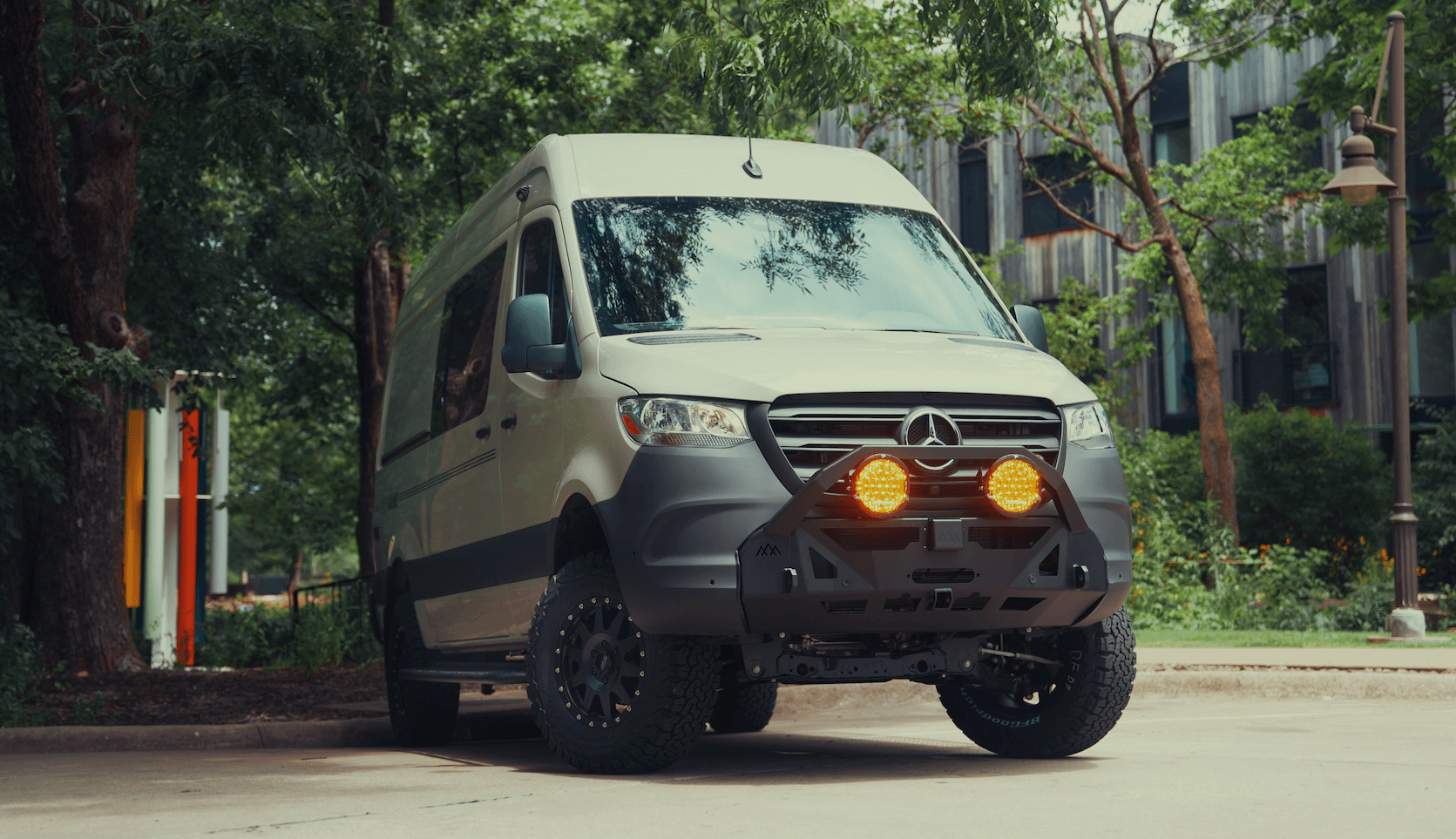Recreational Vans

A DC to DC charger takes power from the vehicle alternator and delivers a controlled multi stage charge to a separate house battery. It solves two common problems. First, modern smart alternators reduce voltage at cruising speeds, which can leave auxiliary batteries undercharged if you use a simple relay. Second, lithium batteries require tailored absorption and float stages that a relay or isolator cannot deliver. With a charger, you get predictable charging current, correct voltage for your chemistry, and protection for both starter and house systems.
A good unit manages bulk, absorption, and float, often with temperature compensation and ignition sensing. Many models blend inputs from alternator and solar, ensuring energy while driving and when parked. The result is healthier batteries, consistent capacity, and less strain on the alternator over long trips.
Smart alternators lower output to save fuel. A DC to DC charger boosts or regulates that fluctuating voltage into a stable charging profile. It also limits current draw so the alternator is not overworked during long climbs or hot weather.
Lithium iron phosphate needs stable voltage setpoints and proper absorption timing. Chargers provide selectable profiles for lithium, AGM, and flooded lead acid, preserving cycle life and usable capacity across chemistries.
Isolated chargers separate grounds between starter and house systems, reducing noise and ground loop risks. Non isolated versions share ground and can be suitable when installed to spec in a common chassis ground environment.
Charger size is about current, duty cycle, and heat. For example, a 30 amp charger at 12 volts delivers roughly 360 watts. Choose output that suits battery size and expected drive time. Many lithium makers recommend charge rates between 0.2C and 0.5C, so a 200 amp hour bank might accept 40 to 100 amps total from combined sources. Balance this with alternator capacity, accessory loads, and ambient temperatures to prevent overheating.
Wire gauge and fusing matter as much as the charger itself. Keep cables short and appropriately sized to keep voltage drop under three percent on each leg. Fuse both ends of the line where the cable connects to energy sources. Use quality lugs, proper crimp tooling, and abrasion protection. Mount the charger on a cool surface with airflow, away from exhaust heat and water spray. Follow manufacturer guidance for ignition input, temperature sensors, and any required battery sense leads.
Match charger output to your alternator’s continuous rating and your battery’s recommended charge current. Many builds land between 30 and 60 amps, scaling up only when alternator size and airflow support it.
Calculate wire size using round trip length and target voltage drop. Use ANL or MIDI fuses placed close to the source, with ratings sized to protect the wire, not the device.
Charger output is limited by thermal conditions. Provide open space, metal mounting surfaces when allowed, and do not bury units in sealed compartments without ventilation.
Begin with a clear diagram that includes start battery, chassis ground, charger input and output, house battery, fuses, and any solar input if supported. Confirm polarity and torque specs. Use color coded heat shrink and labels so future service is easy. If ignition control is used, confirm that the selected circuit is true ignition and not accessory. Verify correct charging profile before first drive, then log voltage and current on a test loop to confirm performance.
Compare this approach to a simple voltage sensing relay. Relays tie batteries together and track alternator voltage, but they pass alternator behavior straight to the house battery. That can result in slow charging with smart alternators, or overvoltage spikes on sensitive electronics. A DC to DC charger shapes the charge curve, isolates noise, and provides a predictable output regardless of rpm or vehicle mode.
For mixed sources, consider a dual input charger that blends alternator and solar. It reduces hardware count and simplifies wiring. If you already have a separate MPPT controller, confirm how it will coordinate with the charger, and set absorption and float times to avoid conflict. Finally, perform a full load test with inverters and refrigeration running to see how the system behaves during real driving.
The right charger is one piece of a complete power plan. OZK designs around your actual loads, alternator specs, and battery chemistry, then installs with clean routing, labeled service points, and documented settings. See how we approach adventure ready vans on our Recreational vans page. If you are exploring a ground up build, review our process for Custom van builds. Want a ready to finance platform that still receives a professionally wired charge system, visit Finance friendly vans.
OZK does full electrical integration, including DC to DC chargers, battery banks, distribution, and system testing. Our team validates charge rates on the road in Northwest Arkansas terrain, then hands off with clear instructions at Adventure Point so you roll out confident.
Your power system should charge correctly every mile. Share your travel style and we will specify the right DC to DC charger, wire sizes, fusing, and battery settings, then install it with service friendly documentation. Let us plan your system and build it right the first time.
Ready for a reliable charge on every mile. OZK Customs designs and installs complete van power systems with properly sized DC to DC chargers, clean wiring, and proven safety practices. Tell us how you travel, and we will design the right solution for your platform and battery chemistry. Start your build plan today.
ADDRESS:
6159 E Huntsville Rd, Fayetteville, AR 72701
PHONE:
(479) 326-9200
EMAIL:
info@ozkvans.com